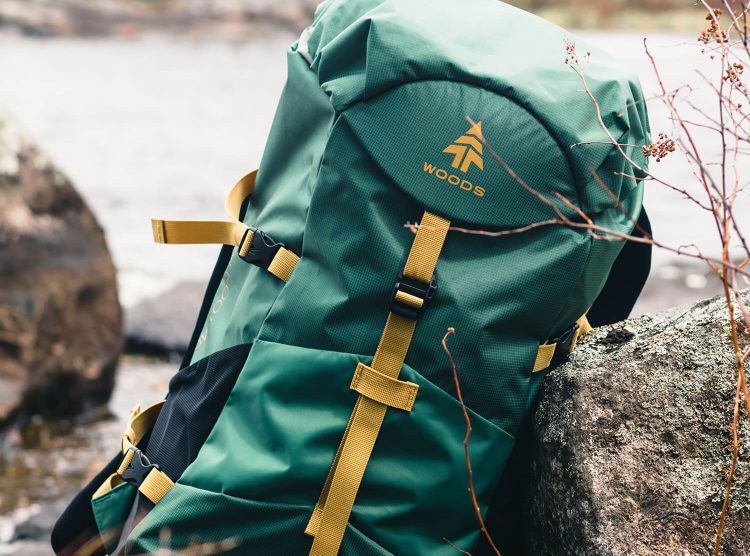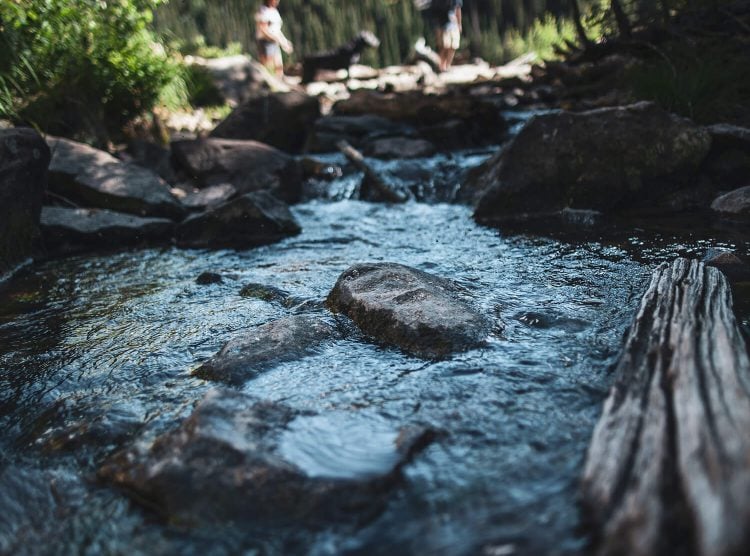Visit one of our Colorado CDT Gateway Communities
Grand Lake Lake City Leadville / Twin Lakes Pagosa Springs Salida South Fork Steamboat SpringsThe Colorado Rockies are the quintessential CDT experience! With more than a thousand summits topping 10,000 feet, Colorado truly is a Rocky Mountain high. The CDT traverses 800 miles of these majestic and challenging peaks, dotted with abandoned homesteads, ghost towns, and full of the histories of Native Americans, who have lived on this land since time immemorial, and the settlers who flocked here to mine gold,silver, and more.
The CDT winds through some of the best backcountry experiences in Colorado: the spectacular alpine tundra of the South San Juan, Weminuche, and La Garita Wildernesses, where the CDT remains at or above 11,000 feet for nearly 70 miles; remnants of the late 1800’s ghost town of Hancock that served the Alpine Tunnel; the awe-inspiring Collegiate Peaks near Leadville, the highest city in America; geologic oddities like The Window, Knife Edge, and Devil’s Thumb; the towering 14,270 foot Grays Peak – the highest point on the CDT; Rocky Mountain National Park with its rugged snowcapped skyline; the remote Never Summer Wilderness; and the broad valleys,glacial lakes, and cirques of the Mount Zirkel Wilderness.

What You Should Know
The CDT is characterized in Colorado by high-alpine conditions, with much of the trail above 10,000 feet. If coming from lower elevations, be prepared to hike slower and feel more winded than you usually do. Know the signs and symptoms of altitude sickness, and be prepared to descend to lower elevations if a member of your group starts to exhibit them.
Learn More about Altitude SicknessIn a normal year, snow covers most of the trail through May, and sections of it well into June. Colorado’s snowpack is the most dangerous in the country and prone to avalanches that kill several people each year. Those unfamiliar with snow travel, especially in avalanche terrain, should avoid the CDT in Colorado until melt-out occurs in June or July, and after snow begins to fall again in September or October.
Learn More From The Colorado Avalanche Information CenterMonsoon season in July and August brings frequent afternoon thunderstorms to Colorado. These thunderstorms usually appear between 12–3 PM in the mountains and come on quite rapidly. Much of the CDT is above treeline in Colorado. Leave the trailhead early enough so that you’ll be back below treeline by noon at the latest, and while hiking above treeline, always be aware of the sky around you and be ready to bail downhill as quickly as possible if you do start to see storm clouds or hear thunder.
Overnight permits and bear canisters are required if camping in the backcountry of Rocky Mountain National Park.
Learn More and Apply for PermitsPermits are also required if camping overnight in the Indian Peaks Wilderness of Arapaho-Roosevelt National Forests between June 1 and September 15 – apply here.
Apply HereColorado residents and visitors are well-served by volunteer Search and Rescue teams across the state. Colorado Outdoor Recreation Search and Rescue (CORSAR) cards contribute to the Search and Rescue Fund, which reimburses teams for costs incurred in search and rescue activities in Colorado, and can be purchased for just $3/year. CORSAR cards are not insurance, nor is buying one required to be rescued in Colorado! They are simply a way to support the dedicated volunteer teams who provide this invaluable service to outdoor recreationists across the state, and we encourage trail users to support these tireless SARS teams.
Buy Yours Here



